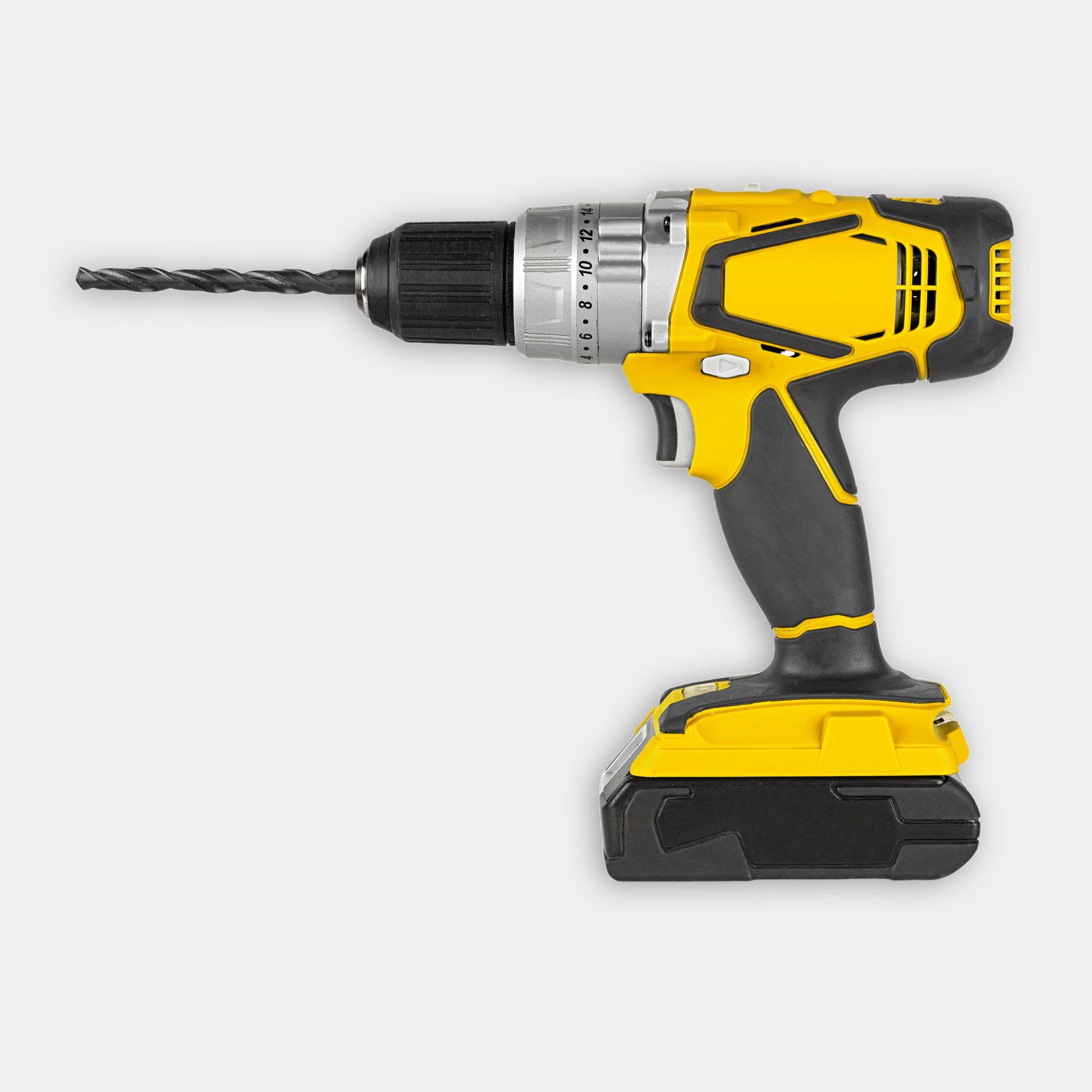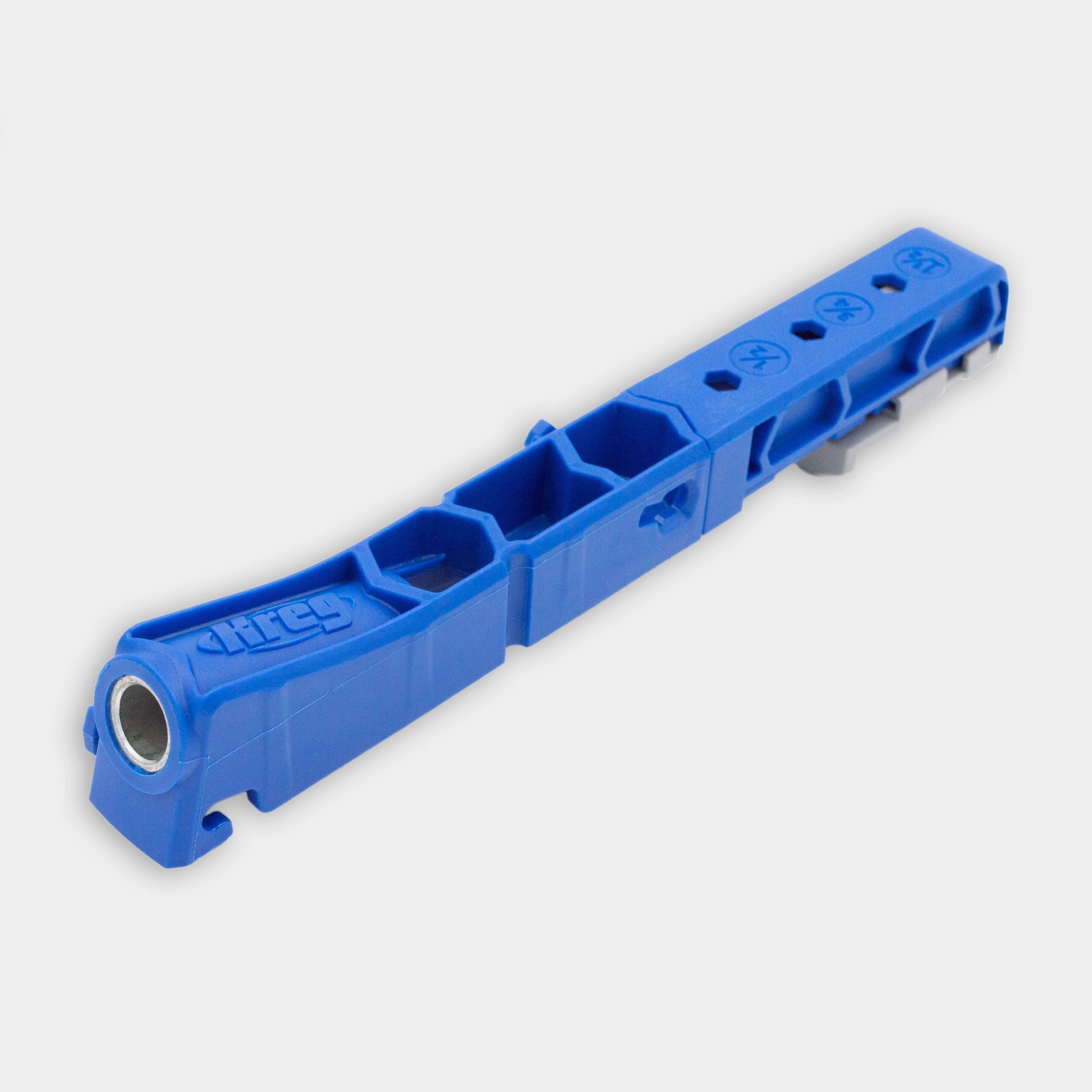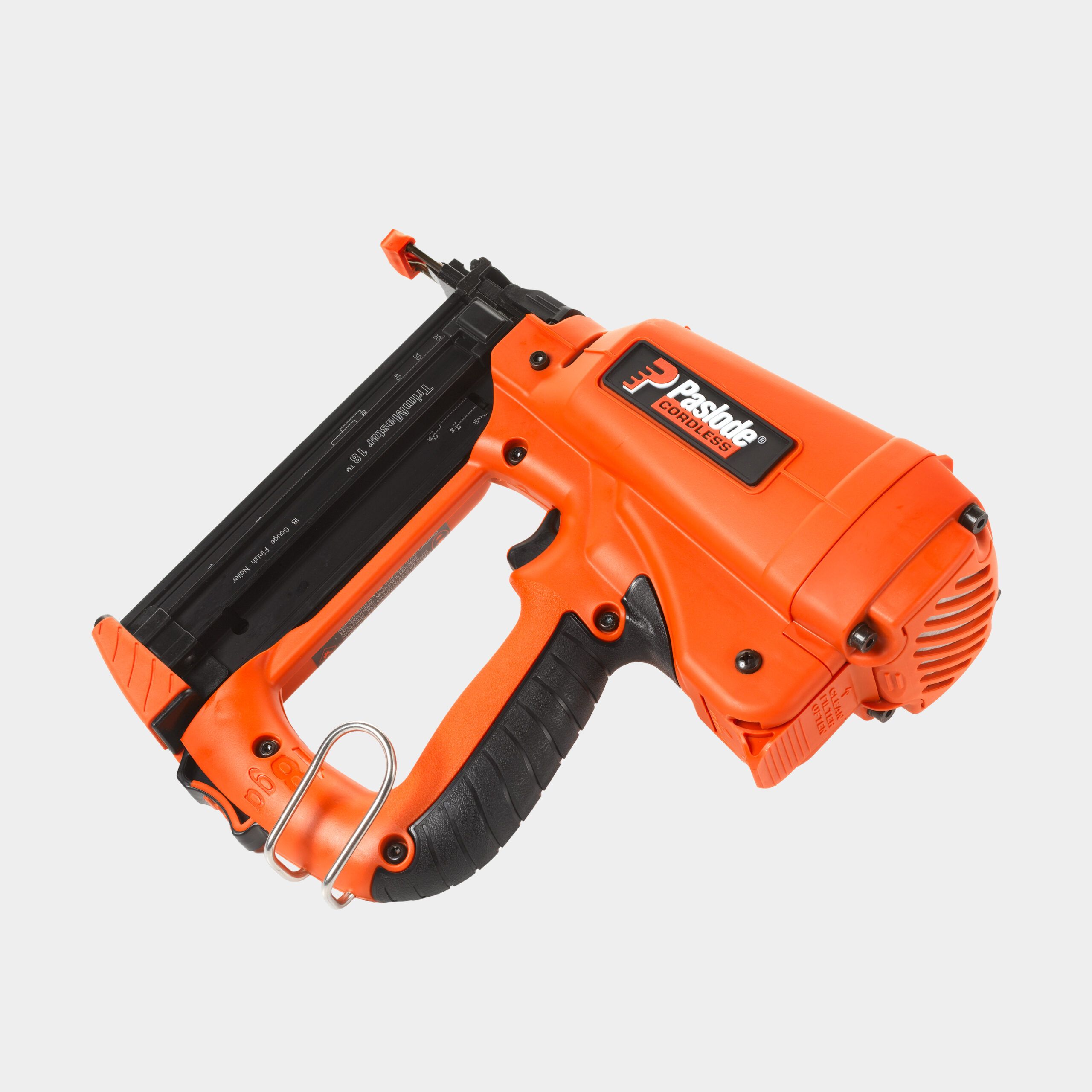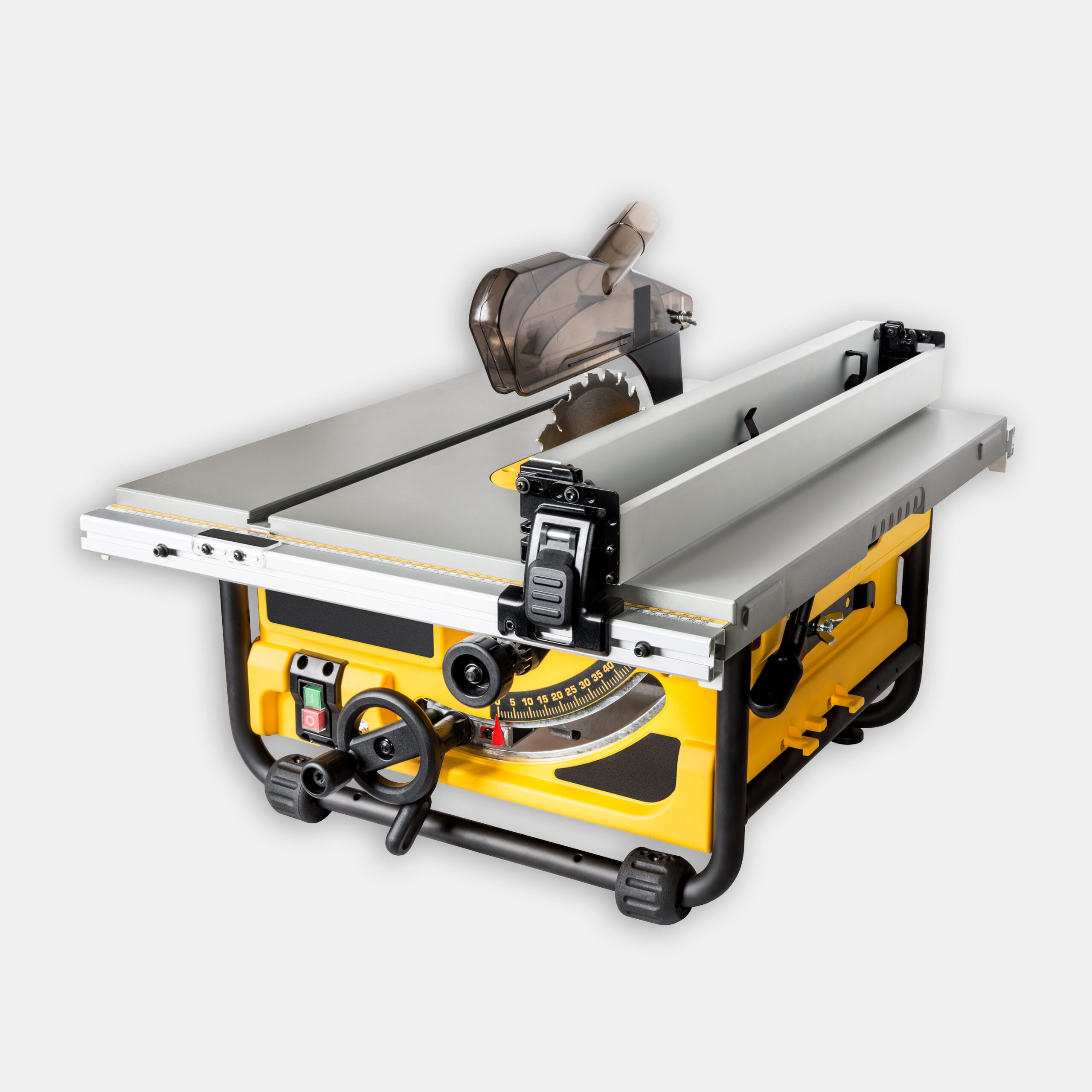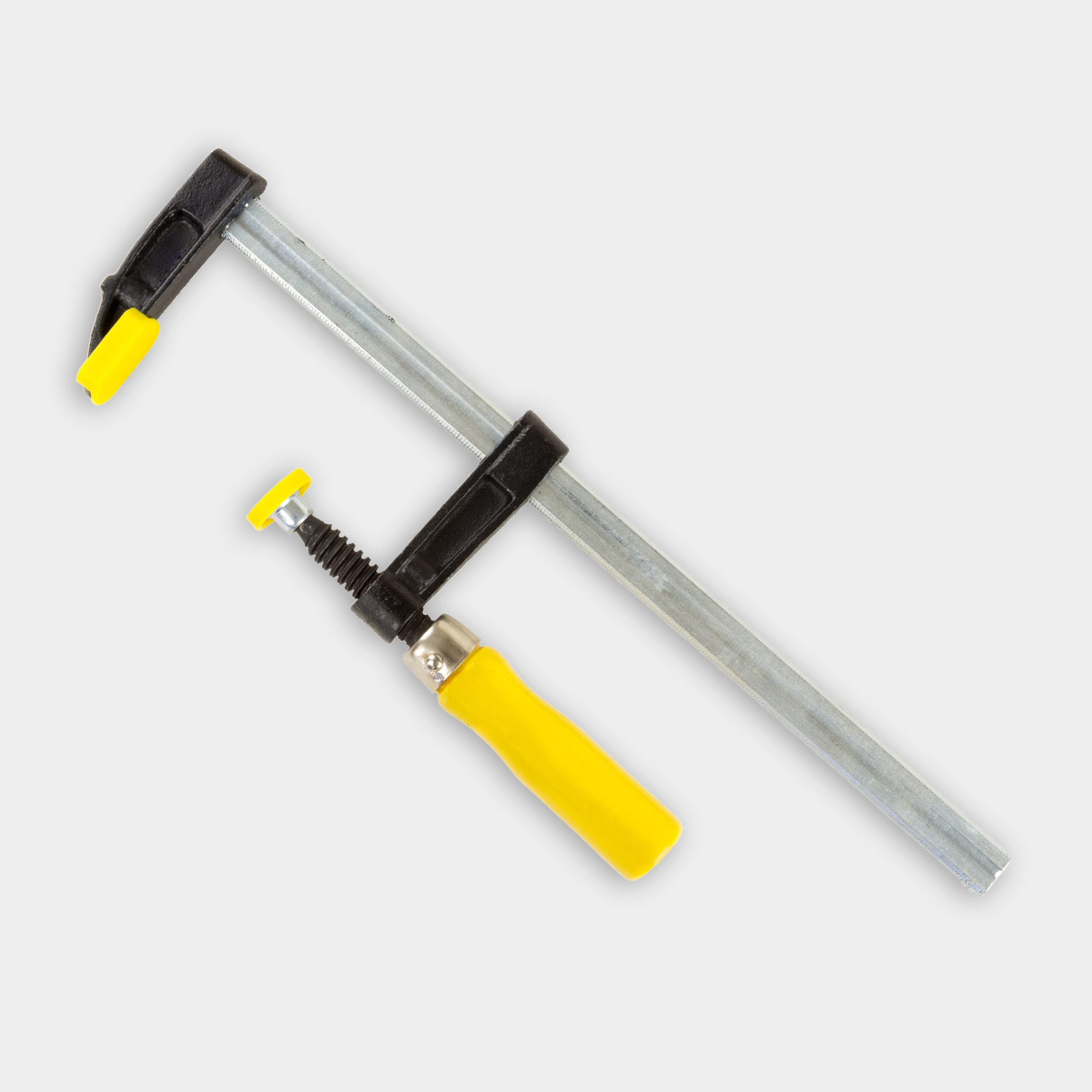Project details
Skill
Cost
Estimated Label]
We may be compensated if you purchase through links on our website. Our team is committed to delivering honest, objective, and independent reviews on home products and services.
Homeowners who want to add more storage space to their kitchens should consider installing corner cabinets. Corner kitchen cabinets can enhance existing cabinetry and give your kitchen a custom look. Read how to build and install your own in our step-by-step guide below, and watch the video above for tips from House One’s Jenn Largesse.
Planning Your Corner Kitchen Cabinet Project
You need to plan your corner cabinet carefully before you begin construction. This will lead to a smooth building process and a final product that you can be proud of.
Assessing Your Space
Take accurate measurements of the corner in which you plan to install the cabinet. Consider the following variables:
- Any obstacles such as windows or appliances
- Available wall space
- Depth of countertops
- Height of existing cabinets
Designing Your Cabinet
Once you’ve taken your measurements, sketch your cabinet design. Consider the elements below.
- Number of shelves, and how much space is between them
- Face frame style, and whether it matches existing cabinets
- Type of crown molding
- Width and depth of the cabinet
Gathering Materials and Tools
Collect all necessary materials and tools before you begin construction. This will help you to streamline the building process and prevent delays.
Materials for Building a Corner Kitchen Cabinet
You’ll need the following materials to build your corner kitchen cabinet:
- 3/4-inch plywood for cabinet walls and shelves
- 1-by-2, 1-by-3, and 1-by-6 boards for the face frame
- 1 1/4-inch 18 gauge finish nails
- 1 1/4-inch coarse thread pocket hole screws
- Crown molding
- Wood glue
- Wood filler
Tools Required for a Corner Kitchen Cabinet
Make sure you have the following tools on hand:
- Bar clamps
- Drill/driver
- Level
- Measuring tape
- Pneumatic nail gun
- Pocket hole jig
- Safety equipment such as goggles, hearing protection, and dust mask
- Table saw or circular saw with a straightedge guide
Steps for Building Corner Kitchen Cabinets
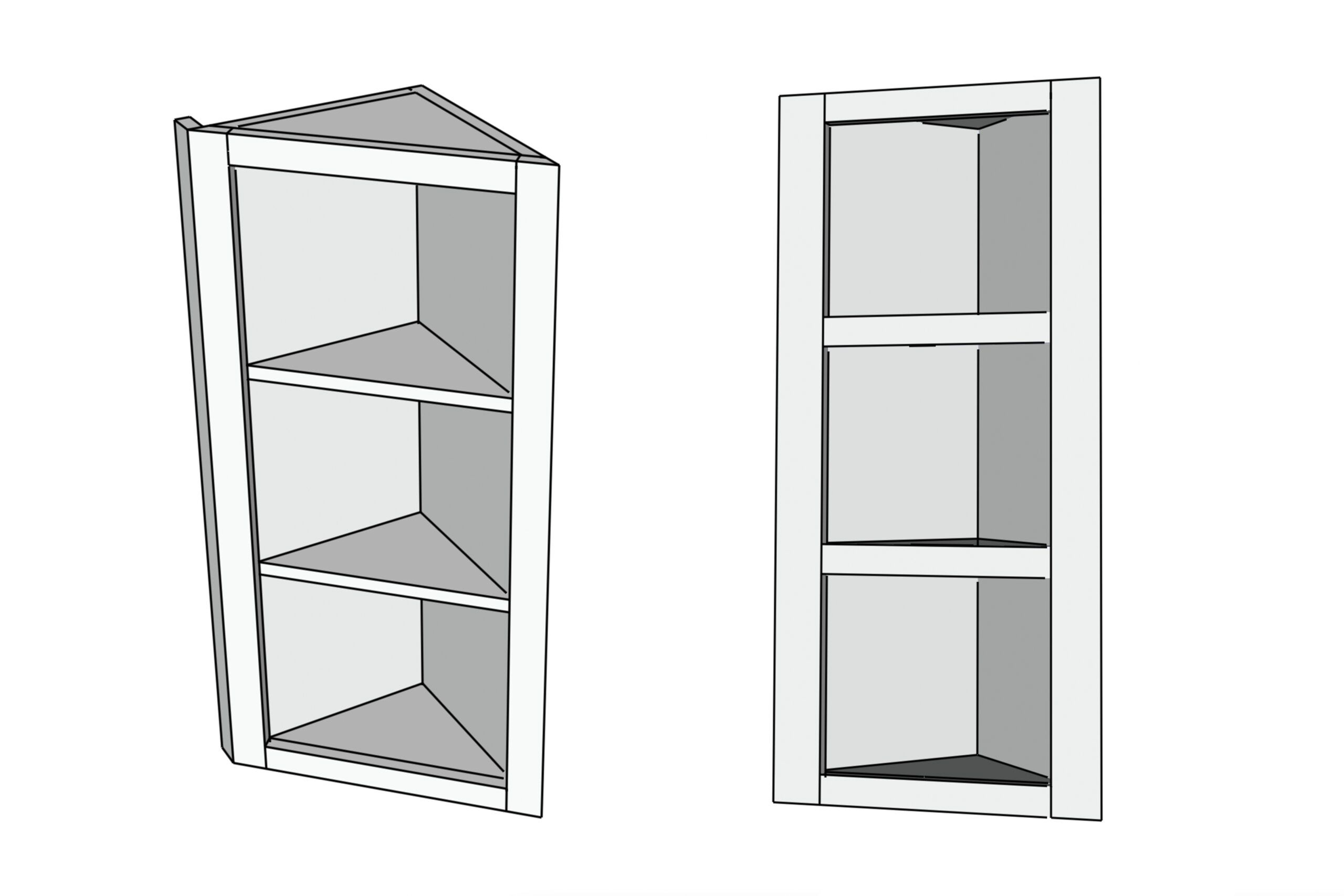
Building the Kitchen Cabinet Box
The cabinet box forms the foundation of your corner cabinet. Follow the steps below to construct a sturdy and precise box.
Cutting the Plywood Pieces
- Cut the plywood pieces for the back walls and shelves with a table saw.
- Rip the front edges of the back walls at a 45-degree angle to create a seamless corner.
- Cut the shelves to size, and make sure they fit snugly between the back walls.
Assembling the Box
- Drill pocket holes along the edge of one back wall.
- Apply wood glue to the joining edges, and connect the two back walls using pocket hole screws.
- Position and glue the shelves into place. Secure them with a nail gun.
- Screw through the back walls into the shelf edges for added strength.
Constructing the Face Frame for the Corner Cabinet
The face frame gives your cabinet a finished look and provides a surface onto which you can attach doors.
Cutting Face Frame Pieces
- Cut 1-by-2 and 1-by-3 boards to size for the stiles and rails.
- Rip the outside edges of the face frame pieces at a 45-degree angle so that they match the cabinet box.
Assembling the Face Frame
- Use pocket hole joinery to connect the face frame pieces.
- Make sure the frame is square by measuring diagonally from corner to corner.
- Sand the face frame smooth before you begin installation.
Installing the Corner Kitchen Cabinet
Take your time installing the corner cabinet so that it aligns with your existing cabinetry.
Preparing the Installation Area
- Pad out the side of the existing cabinet with 1/4-inch plywood so that it’s flush with the new face frame.
- Locate and mark wall studs to which you can sturdily attach the cabinet.
Securing the Cabinet
- Position the cabinet box in the corner. Make sure it’s level and plumb.
- Screw through the cabinet walls into the existing cabinet and wall studs.
- Attach the face frame to the cabinet box using wood glue and finish nails.
Adding Finishing Touches
- Fill nail holes and seams with wood filler.
- Sand the entire cabinet smooth once the filler is dry.
- Install crown molding if you’d like to. Match the style of your existing cabinets.
Painting and Decorating Your Corner Kitchen Cabinet
Complete your custom corner cabinet installation by painting and adding decorative elements that will complement your kitchen’s existing design.
Painting the Cabinet
- Apply a primer that’s suitable for your cabinet material.
- Once the primer is dry dry, sand the cabinet lightly and wipe it clean.
- Apply your chosen paint color. Use multiple thin coats for best results.
Decorative Elements
Consider enhancing your cabinets with the decorative elements below.
- Add under-cabinet lighting to highlight displayed items.
- Install glass shelves for a modern look.
- Use decorative hardware that matches your existing cabinets.
Additional Tips for a Flawless Kitchen Cabinet
You can never be too prepared when it comes to installing new cabinet space. Consider the tips below for a flawless build.
Maintaining Consistency
Make sure that the materials you use match your existing cabinets. Match the wood type, paint color, and hardware. Consistency leads to a cohesive look that makes the new cabinets appear as though they were always part of your kitchen.
Pre-Sanding Pieces
Sand each piece of your cabinet before you begin assembly. It’s easier to sand flat pieces than reach for corners and edges after you’ve completed assembly. Sanding helps paint or stain to adhere smoothly.
Using Templates for Crown Molding
Crown molding adds an elegant touch to cabinets, but it can be challenging to install. Make templates of your crown molding cuts before you begin installation. Test these templates on scrap pieces of wood to make sure they fit perfectly. This step can prevent costly mistakes and guarantee a seamless fit.
Keeping Safety in Mind
Prioritize safety when you’re working with power tools and heavy materials. Wear appropriate safety gear, such as goggles, hearing protection, and a dust mask. Make sure your work area is clean and well-lit. Never rush through a step, as haste can lead to mistakes and potential injury.
Troubleshooting Common Issues
- Gaps in Joints: If you notice gaps in your pocket hole joints, disassemble the pieces and make sure your cuts are precise. Apply glue again and tighten the screws carefully.
- Misaligned Face Frame: Make sure your face frame pieces are square by measuring diagonally from corner to corner. You can re-sand or re-cut frame pieces if necessary.
- Uneven Shelves: Use a level during installation to make sure each shelf aligns properly. If a shelf is uneven, adjust it before the glue sets.
